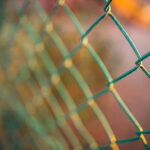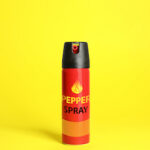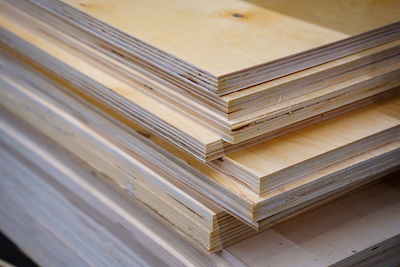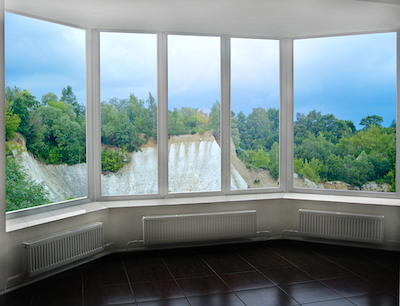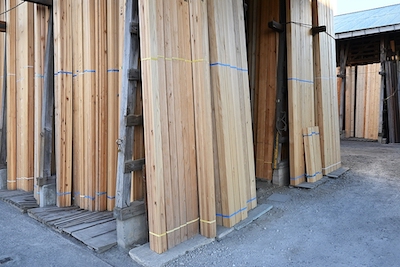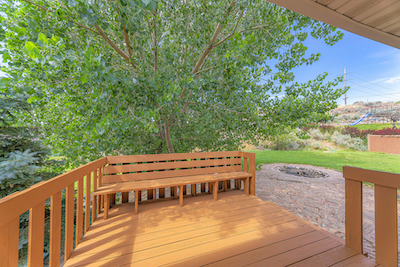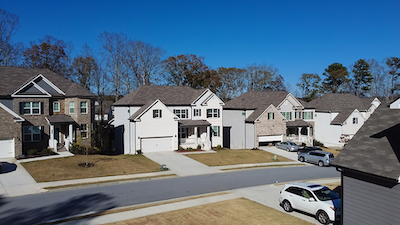While both plywood and OSB are used extensively in the building trade, there are differences that you should be aware of before you make an investment.
Plywood Pros:
- Strong and durable: Plywood is known for its strength and durability, making it a popular choice for construction and furniture.
- Smooth surface: Plywood has a smooth surface that can be easily sanded, painted, or stained.
- Consistent thickness: Plywood is available in consistent thicknesses, making it easier to work with.
- Good moisture resistance: Plywood is made from thin layers of wood veneer that are glued together, making it more resistant to moisture than solid wood.
- Eco-friendly: Plywood can be made from sustainable and renewable resources, making it an eco-friendly choice.
- Good for curved surfaces: Plywood can be easily bent and shaped into curves, making it ideal for curved surfaces like arches or rounded furniture.
- Versatile: Plywood can be used for a variety of applications, including flooring, walls, roofing, and furniture.
- Available in large sheets: Plywood is available in large sheets, making it easier to work with and reducing the number of joints and seams.
- Affordable: Compared to solid wood, plywood is relatively affordable and can be a good choice for budget-conscious projects.
- Lightweight: Plywood is lightweight, making it easier to handle and transport.
Plywood Cons:
- Veneer can peel or flake off: Over time, the thin veneers that make up plywood can peel or flake off, especially in areas with high moisture or exposure to the elements.
- May have voids: If the layers of plywood are not glued together properly, voids or gaps can form in the final product, reducing its strength and durability.
- Can split or crack: Plywood is more prone to splitting or cracking than solid wood, especially when it is not supported properly.
- Prone to warping: If plywood gets wet, it can warp or bend, making it less suitable for use in areas with high moisture.
- May contain knots or blemishes: Because plywood is made from thin layers of wood, knots or other blemishes may be visible in the final product.
- May be a source of formaldehyde: Some types of plywood may emit formaldehyde, which can be a health hazard.
- Can be more expensive than OSB: Compared to OSB, plywood can be more expensive, making it a less affordable option for some projects.
OSB Pros:
- Affordable: Compared to plywood, OSB is less expensive and can be a good choice for budget-conscious projects.
- Strong and durable: OSB is made from layers of wood chips that are glued together, making it strong and durable.
- Consistent quality: Because OSB is manufactured in a controlled environment, it has consistent quality and properties, making it easier to work with.
- Large sheets available: OSB is available in large sheets, making it easier to work with and reducing the number of joints and seams.
- Good moisture resistance: OSB is treated to make it moisture-resistant, making it a good choice for use in areas with high moisture.
- Easy to install: OSB is lightweight and easy to install, making it a good choice for DIY projects.
- Good for load-bearing applications: Because of its strength, OSB can be used for load-bearing applications like flooring and roofing.
- No knots or blemishes: Unlike plywood, OSB does not have knots or blemishes, giving it a uniform appearance.
- Resistant to delamination: OSB is less prone to delamination than plywood, making it a more stable option.
- Good for exterior use: OSB is treated to make it moisture-resistant and is suitable for use in exterior applications.
OSB Cons:
- Not as strong as plywood: While OSB is strong and durable, it is not as strong as plywood, making it less suitable for some applications.
- Rougher surface: The surface of OSB is rougher than plywood, making it harder to paint or finish.
- May have voids: If the layers of OSB are not glued together properly, voids or gaps can form in the final product, reducing its strength and durability.
- Prone to warping: If OSB gets wet, it can warp or bend, making it less suitable for use in areas with high moisture.
- May contain formaldehyde: Some types of OSB may contain formaldehyde, which can be a health hazard.
- Can be heavy: Compared to plywood, OSB can be heavy, making it harder to handle and transport.
- Can be difficult to cut: Because of its density, OSB can be difficult to cut, making it a less suitable choice for projects that require precise cuts.
- Not ideal for curved surfaces: OSB is not ideal for curved surfaces, making it less suitable for projects that require rounded or arched shapes.
- Not as visually appealing: Because of its uniform appearance, OSB may not be as visually appealing as plywood, making it less suitable for some decorative applications.
- Not as eco-friendly: Unlike plywood, which can be made from sustainable and renewable resources, OSB is often made from virgin wood, making it less eco-friendly.





